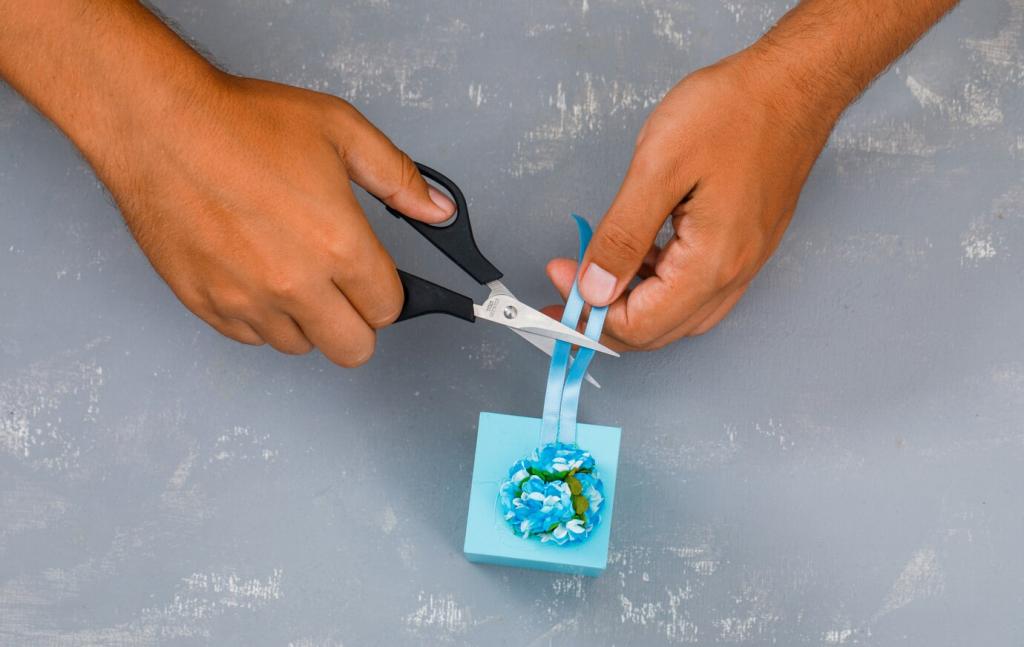Techniques That Respect Every Finish
Fold your microfiber into quarters for multiple clean sides. Lightly mist the cloth and dust with the grain on wood, rotating the cloth as it loads. Gentle, consistent strokes reduce micro-scratches, keep edges crisp, and preserve that hand-rubbed feel on heirlooms or newly refinished pieces.
Techniques That Respect Every Finish
Start on top surfaces—frames, shelves, and tall cabinets—and work down, letting gravity help. Use a dampened cloth to lift dust, then follow with a dry buff for a crisp finish. An old thrifted dresser in my studio came alive with this simple rhythm, revealing quiet glow beneath the haze.
Techniques That Respect Every Finish
Spraying directly on furniture can push moisture into seams and leave rings. Always spritz the cloth instead, and skip paper towels that can scratch. If you’ve kicked an overspray habit, tell us how it changed your results, and which cloth fold kept your passes neat and streak-free.
Techniques That Respect Every Finish
Lorem ipsum dolor sit amet, consectetur adipiscing elit. Ut elit tellus, luctus nec ullamcorper mattis, pulvinar dapibus leo.






